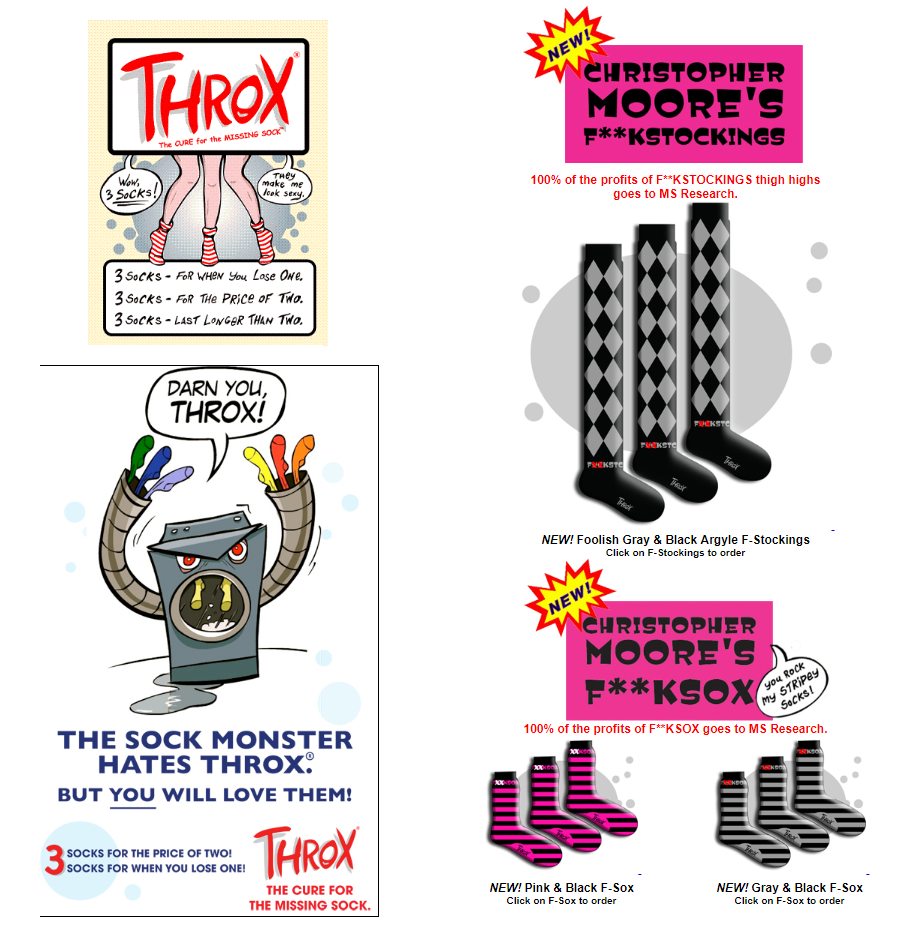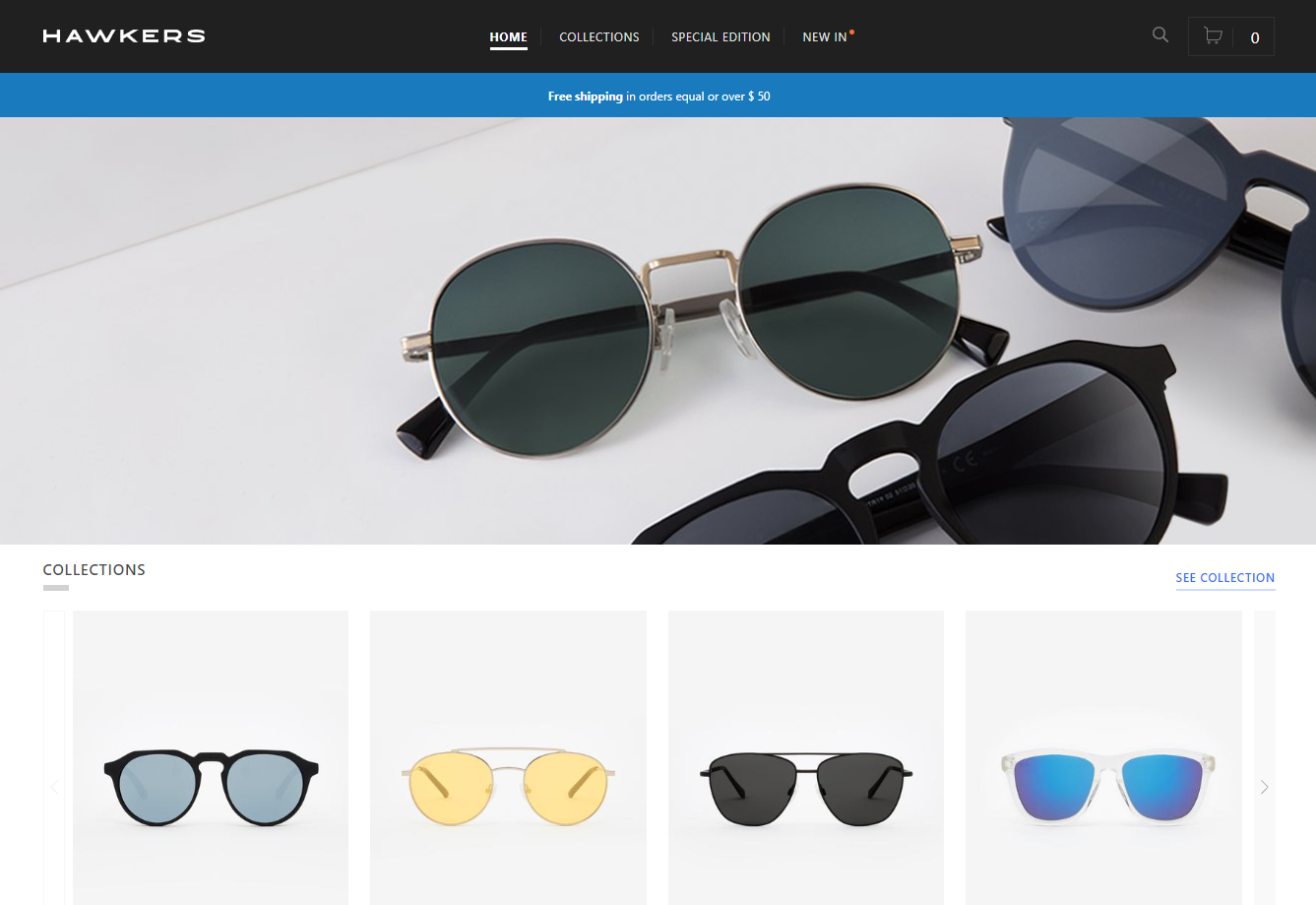
Attract customers, attract customers, attract customers. That’s your main obsession, isn’t it? Of course it is – as an ecommerce owner, it’s impossible to forget that you need customers to increase your sales.
The question here is how? What’s the best strategy to sell online with an online shop? That’s precisely what we’re going to talk about in today’s post. Today we’ll share with you the two main concepts on which every sales strategy is based. And because of how well they combine and work together, they are often successful.
Here we will teach you about push and pull — the foundation of all sales.
Push and Pull: Synonyms of Outbound and Inbound Marketing
Inbound marketing is a strategy that consists of leading clients to your website thanks to free, quality content.
On the other side we have outbound marketing — traditional publicity strategies consisting of following clients.
Push and pull are more or less the same in that they focus on the same idea:
- Push: pushing your products toward the market.
- Pull: pulling so that the market itself comes asking for your products.
Don’t worry if those concepts aren’t totally clear yet. We are going to explain each of them right now more in detail.
What is a Push Strategy?
Push Marketing is about “pushing” all of your products to the client, even though they have no intention of buying them yet (or they don’t know they need them).
What that means is we start from the idea that clients are not looking for you. That’s why you need to find potential markets, segmented groups of clients who have an unsatisfied need or an unsolved problem. You focus on that target audience and create the need to buy your product and, on top of that, you are going to be the best option to meet that need (so they don’t choose a different competitor after you’ve put in all the legwork).
This strategy requires a lot of effort. Remember that the customer “is not aware that they need you at this point” and you have to send them your offer.
This strategy works best when:
- There is a huge supply of the same product and you need to compete on price or quality. For example, if you sell stationery or IT consumables, there are lots of suppliers with a similar catalog.
- Your products are in low demand and your brand isn’t very well known among users.
Examples of eCommerce Push Strategies
Since there’s nothing better than using real cases to understand an idea, here you have two interesting examples:
- Doogles: a website that sells sunglasses for dogs so the sun doesn’t bother them while they are playing.

- Throx: in this case, they offer a trio of socks instead of just the pair so that you can still use them when your washing machine eats one of them.

These are relatively extreme cases, but it’s obvious that they were products without existing demand that knew how to create necessity in the market.
A clear success case (and a less eccentric one) highlighting the potential of the push marketing strategy is the case of the Hawkers Co. sunglasses, a worldwide success story that we’ve already mentioned in the Doofinder blog.

What was the secret to their success?
- They only sell online (they knew how to properly use the potential of online ads).
- They sell quality sunglasses, and they have many different designs you can choose from.
- They offer their products at affordable prices.
- They started selling products from a third party and nowadays they even have a sunglasses collection from football star Leo Messi.
Are you still shocked by the Doogles Push case? Here you have a video where they explain how it all started.
How to Apply a Push Strategy to your eCommerce
You need to get information about your shop and products to your clients. Some useful tools to accomplish this include:
- Banners on both your own and third-party websites. This push action is one of the most well-known and accessible strategies thanks to Google AdWords. Don’t miss this step-by-step mega guide on creating your campaigns.
- Facebook Ads. This is another kind of online advertisement that lets you reach your target audience without a huge initial investment, thanks to the segmentation tools offered by the platform. Want to try it out? In this post, you have The 3 Best Facebooks Ads For Ecommerce Sellers.
- Remarketing. This is also advertising, but directed only at those who have already visited your website.
- Promotions on your social networks or corporate blog. You can use discounts for online sales, organize digital events, virtual open house, or any other social selling technique. These are excellent for fostering loyalty.
You can choose just one or you can combine them; it will all depend on your budget. However, remember that it’s always better to master one strategy instead of starting and not finishing several.
What is a Pull Strategy?
This is the opposite of Push because we are now talking about attracting. In this case, clients are already looking for you to solve a need. They may even already know you. However, they are tired of ads that seem to stalk them, and their attitude toward the brand is often worse as a result of Push strategies. That’s why Pull can be so powerful.
In this case, we don’t follow anyone. Instead, we get them to enter our shop voluntarily, so their perception of our brand is much better.
How to Apply a Pull Strategy to Your eCommerce
The concept behind Pull is getting customers to come to you by offering helpful and informative materials, and this is possible because you know your ideal client’s interests and needs.
All this content that we create will be used as follows:
- Social Media Management, or working on your social networks’ communication by sharing valuable content. With this, you position yourself as an expert and add credibility to your brand.
- Content Marketing, with which the goal is similar to the previous point (valuable content, positioning, etc.). The primary difference is that a blog has a certain durability that social networks are lacking.
- SEO and web positioning. Besides blog posts, it can also be useful to position category and product pages.
- Email marketing is one of the best pull strategies, though eCommerce companies often underestimate and under-utilize it. Segment your users and send them the best content to get them through your conversion funnel.
- Site Search Engine Optimization is another pull strategy that consists in optimizing the internal search engine of your ecommerce so that users will find what they are looking for in a short period of time.
There are plenty of options, but as we said before, don’t spread yourself thin trying to use them all. Choose your strategies carefully and give it your all with the ones you choose.
Examples of eCommerce Pull Strategies
If you want some more guidance with Pull, learn from these success stories:
- Lucia Be: She started sewing hats in her laundry room and currently has a company with 10 employees. She uses her blog and Instagram in ways that encourage customer loyalty.
- GoPro: How can a sports camera brand really take off? Indeed, with a YouTube channel.
- Huckberry: This is a brand just for men with a strong focus on its newsletter. Actually, if you don’t pay attention, you may have the feeling that you can’t enter the shop without subscribing.
- Zalando: If you search for “women’s shoes” in Spain (27,000 searches per month), you will find Zalando. Have a look at the SEO text that they have at the end of the page of that category.
Push vs. Pull: Which Sales Strategy Should You Use for Your eCommerce?
The truth is that there is no definitive answer — both strategies are good, but for different reasons. What’s important is knowing when and why you are using them. For that very reason, our advice is to cleverly combine them.
With Pull strategies, you’ll be able to attract clients who may not buy the first time but are more likely to become loyal. Conversely, Push strategy customers will give you more immediate sales, but it may be more difficult to turn them into repeat buyers. The challenge is to find a balance between the two methods to see a profitable digital marketing investment and to maximize you ROI.
What About You? Do you Prefer Push or Pull?
Most eCommerce websites are obsessed with SEO. Clients use Google to find the products they want and it’s compulsory to be there. However, in order to optimize your conversion rate with all that traffic (including the traffic coming via push strategies), you need to use pull strategies such as email marketing.
This advice will hopefully give you plenty to work with. Don’t forget about all the useful content linked to this post that will help you to better use these strategies. Moreover, don’t forget that you are not alone, and plenty of resources are available to help you make the most out of all these different strategies.





Leave a reply or comment below